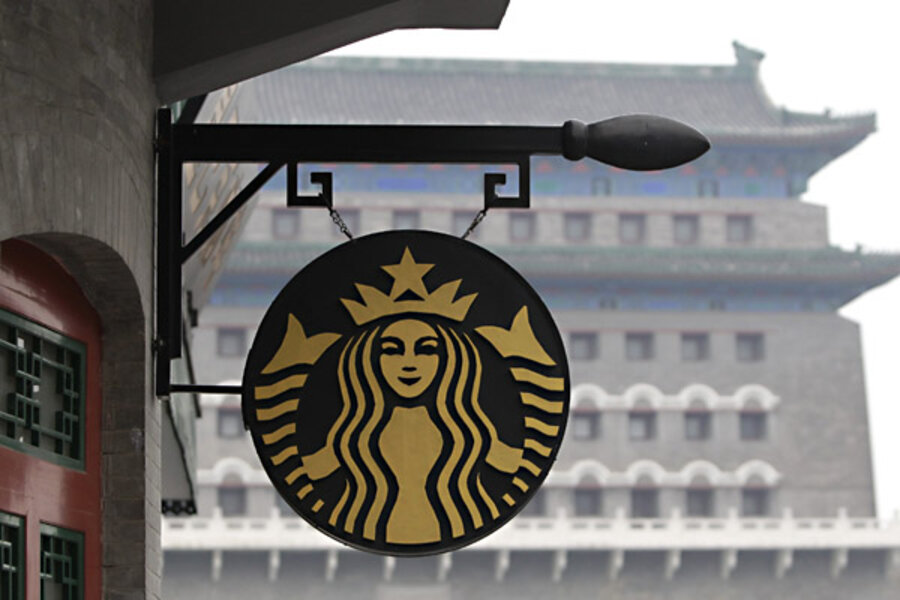Starbucks gets 18 percent boost from global customers
Loading...
| New York
Starbucks Corp. perked up its net income by 18 percent in its fiscal second quarter, as more customers visited its cafes in most parts of the world. The coffee giant also raised its forecast for the year on the better-than-expected results.
The Seattle-based company's stock nevertheless slid 5 percent in after-market trading as sales showed weakness in parts of Europe.
For the quarter, Starbucks said Thursday that global revenue at cafes open at least a year increased by 7 percent, as a result of more customers and higher spending per visit. The figure is a key metric because it excludes the impact of newly opened or closed stores.
The gains were strongest in China and Asia Pacific, where the figure rose 18 percent. The region is a critical expansion area for Starbucks; by 2014, the company says China will become its second largest market behind the U.S.
Revenue at cafes open at least a year rose 8 percent in the Americas but slipped 1 percent in the region encompassing Europe, Middle East, Russia and Africa.
Chief Financial Officer Troy Alstead said the dip was largely the result of select regions of Europe that were hard hit by economic turmoil. He said the company is "not immune" from high unemployment and fragile consumer confidence in the region.
"It's not unlike what we experienced in the U.S. a few years ago," he noted.
Alstead said Starbucks is taking similar measures in those markets as it did when it was struggling in U.S., such as introducing loyalty programs and improving service to boost sales. The company is also focusing on adapting its offerings to local tastes. In France, for example, a second espresso option was added in response to consumer demand.
In a conference call with investors, CEO Howard Schultz expressed confidence that the measures would prove successful.
"I will tell you unequivocally that we will turn the European business around in the same way we turned the U.S. business around," Schultz said.
Still, he added that the situation is "very, very tough" and varies greatly by region.
For the three months ended April 1, the company said it earned $309.9 million, or 40 cents per share. That's compared with a profit of $261.6 million, or 34 cents per share, in the year-ago quarter.
Revenue for the latest quarter rose to $3.2 billion, up from $2.79 billion a year ago. Analysts on average expected a profit of 39 cents per share on revenue of $3.18 billion, according to FactSet.
Also contributing to the profit jump was the company's expanding mix of consumer products, such as its ice cream and Tazo-branded K-Cup portion packs. Revenue from that division rose to $321.5 million, up 57 percent from a year ago.
In early March, Starbucks also announced plans to sell a single-cup coffee machine called Verismo that lets people brew lattes and other drinks at home. A new energy drink line, called "Refreshers," with green coffee extract was also announced.
Starbucks is looking to move beyond its cafes in other ways as well; last month, it announced plans to open its first Evolution Fresh Inc. juice store.
For the full year, Starbucks now expects earnings per share to be in the range of $1.81 and $1.84. Analysts were expecting earnings of $1.86 per share.
The company expects the increase to be driven by a mix of increased revenue at cafes, new store openings and gains in the packaged goods that it sells in supermarkets and other retailers.
Starbucks, which has more than 17,000 cafes around the world, said it will accelerate new store growth this year to about 1,000 net new stores globally. A net increase in store count is not planned for the Europe, Middle East, Russia and Africa region, however.







